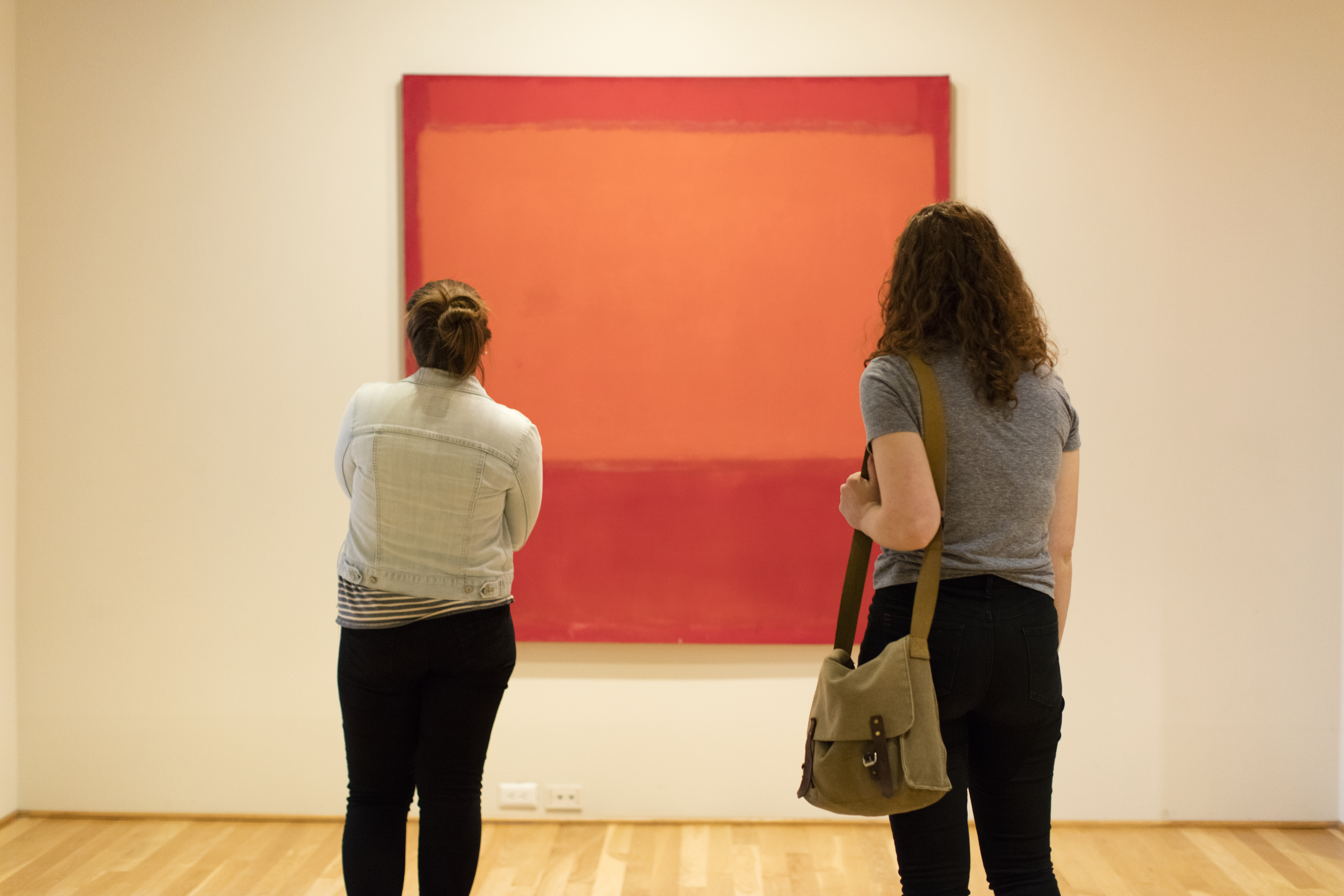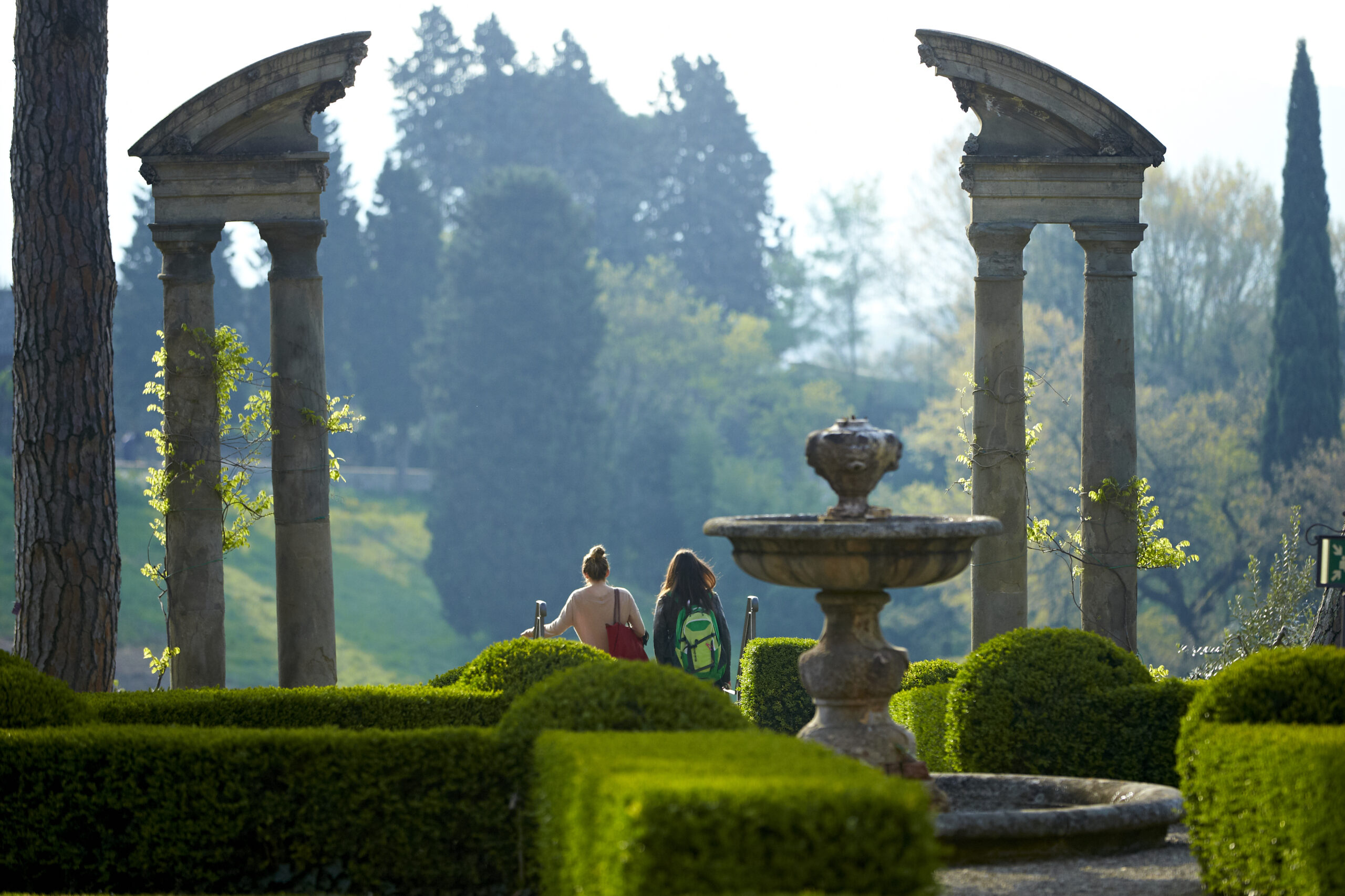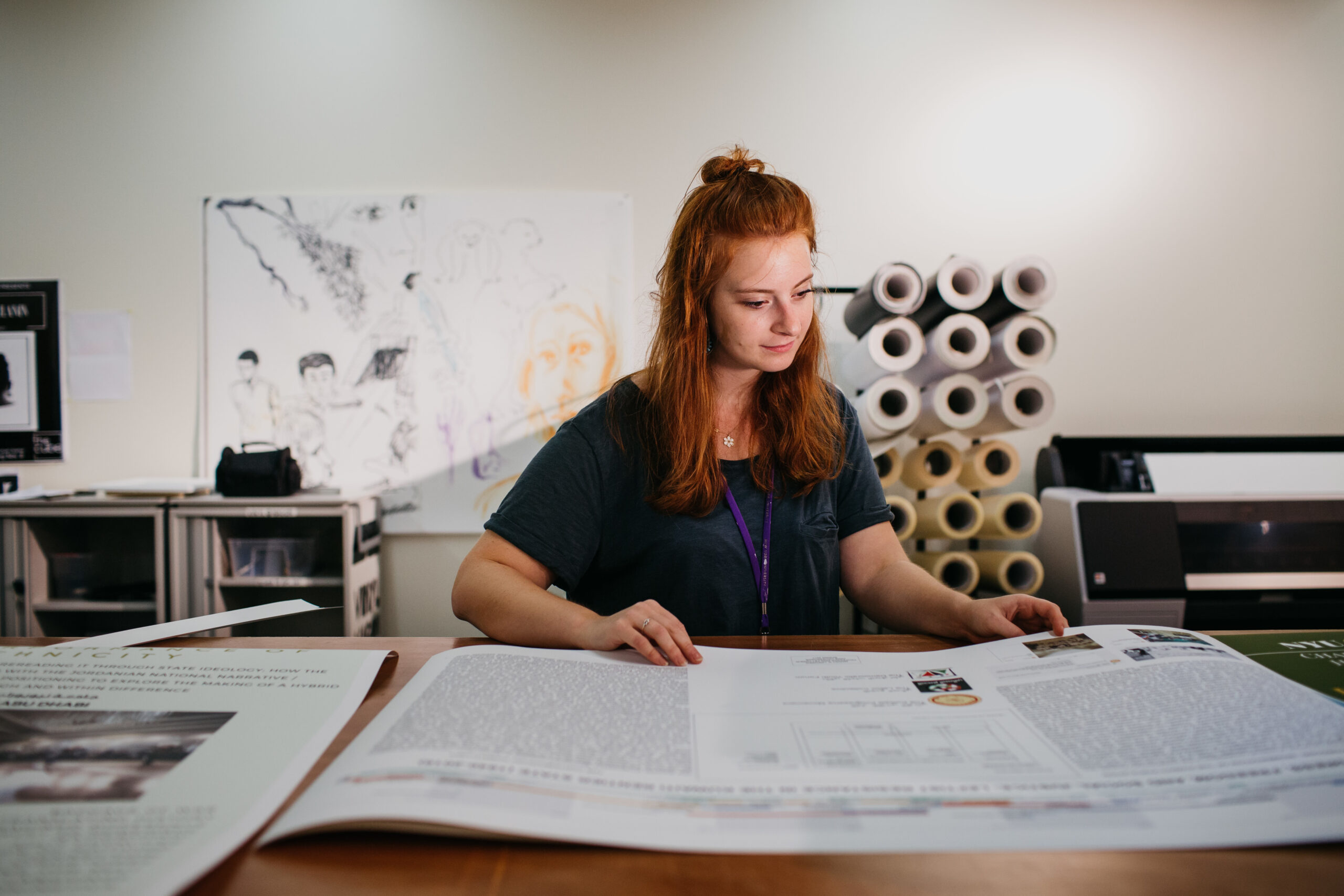Published March 08, 2023
A Gallatin Concentration Grows—and Evolves—Across NYU

NYU’s diverse students don’t fit neatly into boxes and, sometimes, their academic interests don’t either. Luckily, the Gallatin School of Individualized Study allows students to chart their own courses of study and explore multiple disciplines and various perspectives. Here, they can pursue topics not available in traditional academic departments.
From the moment they first arrive at NYU, Gallatin students take a unique academic path. A primary faculty adviser guides them in their academic journey, helping them design their concentrations and mentoring them. First-year students participate in the First-Year Program, a three-course sequence, to help them acclimate to life at Gallatin. Next, they explore their interests through courses at other NYU schools and colleges. Finally, they start shaping their concentration, evolving, adapting, and fine-tuning it for four years. As they branch out with independent projects, global opportunities, and internships, they prepare themselves for postgraduation success.
“The major quality that students need to succeed at Gallatin is openness to change,” says Michael Dinwiddie. He’s an associate professor of dramatic writing and a faculty adviser at Gallatin as well as a Gallatin and NYU Tisch School of the Arts alumnus. “Gallatin students are creative and critical. Many think of themselves as change agents. So they intend to use their time in college to sharpen skills that will make life better for others.”
Building a Concentration, with Ben Kubany
Senior Ben Kubany has always been drawn to cities and their interdisciplinary nature. So he knew he needed to immerse himself in one to better understand them. In fact, the chance to study in New York City was one of the main reasons he applied to NYU. Ben started at Gallatin with a broad set of interests: economics, entrepreneurship, architecture, and public policy. To succeed, he first had to determine how these diverse academic parts could form a connected whole.
“Gallatin really allowed me to explore these disciplines respectively and also think about their intersection in dynamic and tangible ways,” he explains. In Migration and the American Culture, a first-year class taught by Professor Dinwiddie, Ben learned to frame his understanding of the city itself and started shaping his interests into a cohesive story. His adviser, Louise Harpman, further helped him navigate his evolving interests. Soon, he selected his concentration: urban planning and development studies.
At Gallatin, advisers guide and assist students in ideating and forging their interdisciplinary concentrations. “Professor Harpman has been a guiding light and my biggest champion at Gallatin,” Ben asserts. “As one of Gallatin’s resident architects, she’s helped nurture my interest in architecture and design. At the same time, she encourages me to explore my other interests in full.” Eventually, Ben’s interests led him to a professional internship at James Lima Planning + Development, an urban strategy consulting firm. Today, he has an offer to return after graduation.

Pursuing Passion Projects, with Sarika Doppalapudi
Senior Sarika Doppalapudi started her NYU career as a Liberal Studies Core student. After two years of foundational classes in writing, arts and cultures, and global works and society—including studying as part of the First Year Away program—Sarika applied to transfer to Gallatin. Once there, she started pursuing her interests in collective memory, placemaking, and archives.
“One of the most pivotal topics I’m exploring in my concentration is the ways communities traditionally left out of the archives of major academic institutions keep their history,” Sarika explains. For example, in the course Women’s Text(iles), she engaged with textile practices like lace making and quilting as forms of archiving.
Outside of the classroom, Sarika worked as a gallery assistant at both the Virtual Volcano Observatory, a collaboration between New York City artists and scientists, and the Gallatin WetLab, an art-science laboratory and experimental space—both located on Governors Island in New York Harbor. Additionally, she received several awards, including the Gallatin Undergraduate Research Fund, the Dean’s Award for Summer Research, and the Horn Family Fund for Environmental Research. These allowed her to complete oral histories, present at the Gallatin Student Research Conference, and create experimental plastic textiles.

Have a Passion for Exploration? Welcome to Gallatin.
Over the course of four years, Gallatin challenges students to expand their knowledge and bridge the gap between the classroom and the outside world. Here, they gain professional experience from internships and engage in global learning. What’s more, they can complete an intensive senior project and must intellectually defend their concentration as part of the Colloquium. Most importantly, they ready themselves to contribute to social change as they continue to grow personally and professionally.
“Gallatin is right for you if you don’t have all the answers—if you crave diversity, even if you never really experienced it, and are not terrified of swift shifts in consciousness,” Professor Dinwiddie says. “Every Gallatin concentration is unique, and that creates wonderful opportunities.”



